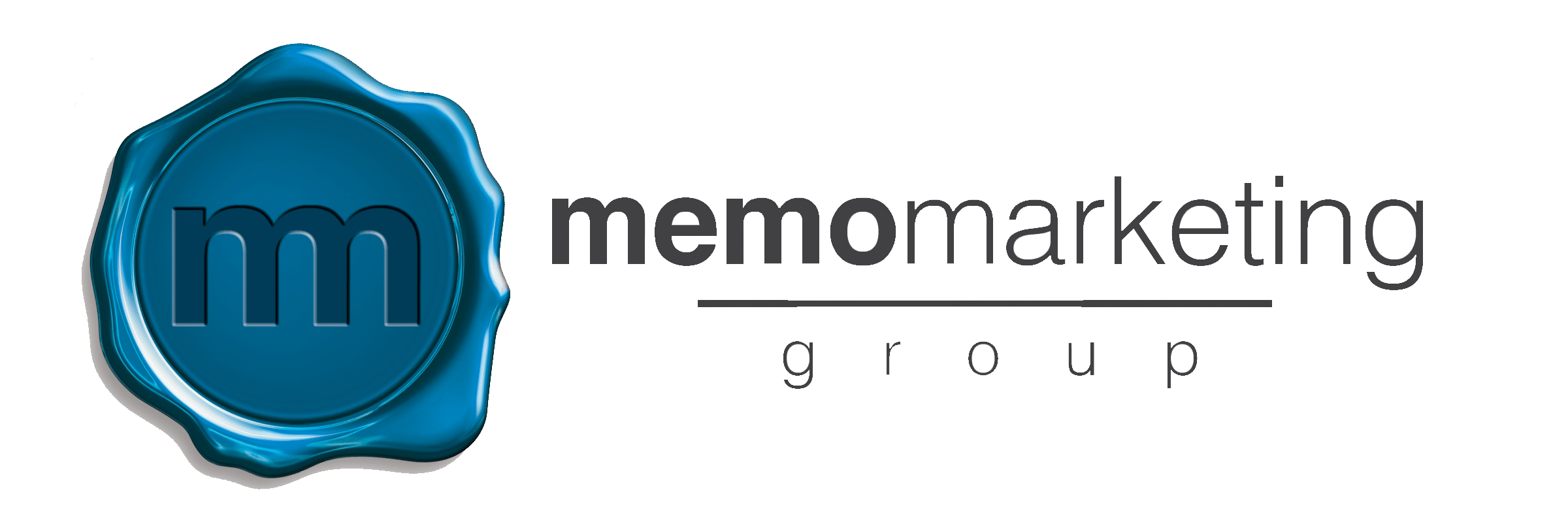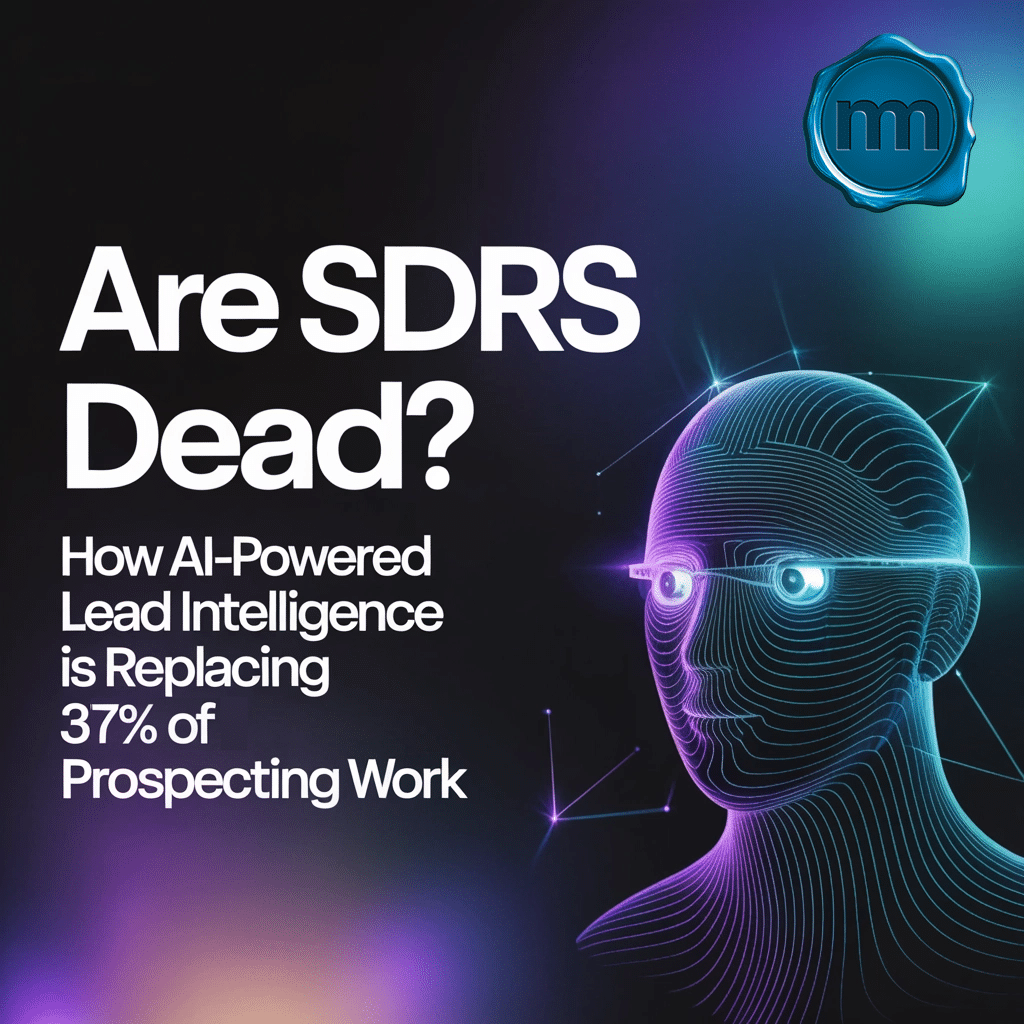The role of Sales Development Representatives isn’t disappearing—it’s transforming. While AI-powered lead intelligence now handles 37% of traditional prospecting work, SDRs are evolving from activity-focused dialers into strategic pipeline architects who focus on nurturing relationships and building trust with Marketing Qualified Leads.
This shift represents one of the most significant changes in B2B marketing and lead generation in recent years. Companies that understand this evolution are seeing remarkable results: 3-4x higher response rates, 15+ hours saved per week on manual tasks, and more meaningful connections with prospects.
The Reality Check: SDRs Are Evolving, Not Vanishing
Despite widespread concerns about AI replacing human roles, current data shows approximately 125,000 professionals still work in SDR positions today. The difference? Their responsibilities have fundamentally shifted.
Traditional SDRs spent 30-40% of their time on manual prospecting activities—researching contacts, qualifying basic information, and sending generic outreach messages. AI now automates these routine tasks, freeing up strategic thinking time for relationship building and complex problem-solving.
Modern marketing teams using AI-powered lead intelligence report that their SDRs spend significantly more time on high-value activities: understanding prospect pain points, crafting personalized outreach strategies, and nurturing Marketing Qualified Leads through sophisticated buying journeys.

How AI Handles the Heavy Lifting of Prospecting
AI-powered lead intelligence transforms prospecting from a time-intensive manual process into an automated, data-driven system. Here’s how this technology is revolutionizing lead generation:
Intelligent Lead Scoring and Prioritization: AI algorithms analyze website behavior, content engagement patterns, email interactions, and intent signals to identify prospects most likely to convert. This ensures marketing teams focus their energy on nurturing the most promising leads.
Real-Time Behavioral Tracking: Advanced systems monitor prospect activity across multiple touchpoints—website visits, content downloads, social media engagement, and competitor research. This creates a comprehensive view of buyer intent that would be impossible to track manually.
Automated Data Enrichment: When prospects submit forms with incomplete information, AI automatically fills in missing details like company size, industry, and contact information. This eliminates the need for manual research and ensures Marketing Qualified Leads receive immediate, appropriate follow-up.
Predictive Analytics: Machine learning models analyze historical data to predict which prospects are most likely to engage, when they’re ready for outreach, and what type of messaging resonates best.
DirectReach™: One-Click Lead Intelligence Revolution
MEMO Marketing Group’s DirectReach™ platform exemplifies this AI-powered transformation. With one-click lead intelligence, marketing teams can instantly access comprehensive prospect profiles, behavioral data, and engagement insights.
DirectReach™ eliminates the traditional prospecting bottlenecks that consumed hours of SDR time. Instead of manually researching prospects across multiple platforms, gathering scattered data points, and attempting to piece together buying intent, marketing professionals can instantly access:
- Complete prospect profiles with verified contact information
- Real-time engagement scoring based on website and content interactions
- Behavioral trigger alerts when prospects show buying intent
- Personalized outreach recommendations based on prospect activity patterns
This one-click approach doesn’t just save time—it transforms how marketing teams approach relationship building. With instant access to comprehensive lead intelligence, they can craft more relevant, timely, and effective nurturing campaigns.

The Strategic Evolution of SDR Responsibilities
Today’s most successful SDRs operate as strategic pipeline architects rather than activity-focused dialers. Their evolved responsibilities center around nurturing Marketing Qualified Leads and building long-term relationships:
AI Workflow Design: Modern SDRs design and optimize automated nurturing sequences that maintain personalization at scale. They create sophisticated multi-channel campaigns that adapt based on prospect behavior and engagement levels.
Complex Relationship Navigation: While AI handles initial qualification and routine interactions, human SDRs focus on understanding nuanced prospect needs, addressing complex objections, and guiding qualified leads through intricate buying processes.
Market Intelligence Gathering: SDRs collect valuable feedback about market trends, competitor activities, and evolving buyer preferences. This intelligence informs product development, marketing strategies, and overall business direction.
Trust Building and Education: Perhaps most importantly, modern SDRs focus on educating prospects and building trust through valuable interactions rather than pushing for immediate conversions.
The Marketing Pipeline Impact
This AI-human collaboration creates more efficient marketing pipelines with higher-quality outcomes. Companies implementing AI-powered lead intelligence report:
Improved Lead Quality: By automating basic qualification, AI ensures that only genuinely interested prospects reach human SDRs. This results in more meaningful conversations and higher conversion rates.
Faster Response Times: AI systems can instantly identify high-intent prospects and trigger immediate follow-up sequences. Studies show conversion rates are 8x higher when prospects receive responses within five minutes, yet only 37% of companies currently achieve this speed.
Enhanced Personalization: With comprehensive behavioral data at their fingertips, SDRs can craft highly relevant outreach that addresses specific prospect interests and pain points.
Scalable Relationship Building: AI handles the volume while humans focus on the relationship depth, creating a scalable approach to nurturing Marketing Qualified Leads.

Why Human Expertise Still Matters
The most successful marketing teams understand that AI enhances rather than replaces human expertise. While artificial intelligence excels at data analysis, pattern recognition, and task automation, human insight remains crucial for:
Emotional Intelligence: Understanding subtle communication cues, reading between the lines in prospect responses, and adapting communication style to match individual preferences.
Strategic Thinking: Developing complex nurturing strategies, identifying unique value propositions for different prospects, and making nuanced decisions about when and how to advance relationships.
Creative Problem-Solving: Addressing unique prospect challenges, crafting innovative solutions, and thinking outside the box when standard approaches don’t work.
Authentic Relationship Building: Creating genuine connections, establishing trust through consistent valuable interactions, and maintaining long-term relationships that extend beyond individual transactions.
Adapting to the AI-Enhanced Future
Marketing teams that thrive in this AI-enhanced environment focus on developing skills that complement artificial intelligence capabilities:
Data Interpretation: Understanding how to read AI-generated insights and translate them into actionable nurturing strategies.
Technology Integration: Learning to leverage AI tools effectively while maintaining the human touch that prospects value.
Strategic Communication: Developing advanced communication skills that focus on education, value creation, and relationship building rather than traditional pitching.
Continuous Learning: Staying current with AI capabilities, marketing automation trends, and evolving buyer preferences.
The Path Forward
The integration of AI-powered lead intelligence into marketing and sales development represents a fundamental shift toward more strategic, relationship-focused approaches. Rather than replacing SDRs, this technology elevates them to become more effective at what humans do best: building trust, creating value, and nurturing meaningful business relationships.
Companies that embrace this evolution—combining AI efficiency with human expertise—are positioning themselves to create more robust marketing pipelines, generate higher-quality leads, and build stronger relationships with prospects.
The question isn’t whether SDRs are dead. The question is whether marketing teams will adapt to leverage AI-powered lead intelligence tools like DirectReach™ to transform their approach to prospect nurturing and relationship building.
For organizations ready to explore how AI-powered lead intelligence can transform their marketing pipeline, scheduling a demo provides insight into these game-changing capabilities.

